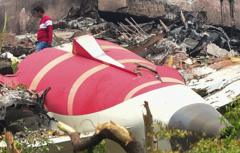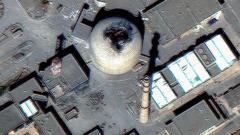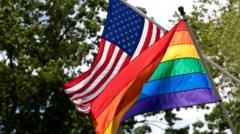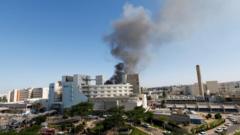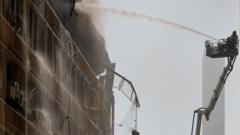An analysis of the events leading to the mid-air collision, the victims, and the ongoing investigation.
**Tragic Collision in Washington DC: Insights on the Plane Crash**
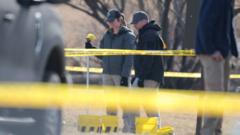
**Tragic Collision in Washington DC: Insights on the Plane Crash**
A review of the devastating plane crash involving a passenger flight and military helicopter near Ronald Reagan Airport.
The deadly plane crash near Washington D.C. has raised significant concerns about air traffic safety after a passenger aircraft collided with a military helicopter, resulting in the presumed deaths of 67 individuals. The incident occurred on Wednesday evening when the American Airlines flight 5342, a Bombardier CRJ700 arriving from Wichita, Kansas, intersected with a Sikorsky H-60 Black Hawk helicopter that had taken off from Fort Belvoir, Virginia.
Initial reports indicate that the helicopter may have been flying above its designated altitude shortly before the tragic encounter, although the precise cause of the crash remains under investigation. Flight data recorders have been recovered, and search teams are working in challenging conditions to locate additional bodies believed to be in the icy Potomac River. The circumstances surrounding the accident have drawn the attention of multiple authorities including the National Transportation Safety Board (NTSB), which has initiated a thorough inquiry into the crash, expected to yield preliminary findings in 30 days.
Eyewitness accounts reveal that, moments before the collision, the passenger plane performed an unusual maneuver, accompanied by bright sparks visible beneath its fuselage. The impact occurred shortly before 9 PM local time; the resulting wreckage saw the plane fragment and sink into the river, while the helicopter capsized on the water’s surface. As search efforts continue, officials have indicated they are shifting their focus to body recovery, as hopes for finding survivors diminish.
Among the deceased are 64 passengers from the flight, including prominent figure skaters and a tight-knit group from a Boston rink, as well as several crew members. The identity of the helicopter crew has also been confirmed, with all found deceased. Investigations are now scrutinizing air traffic control protocols, noting that at the time of the crash, air traffic management was compromised with a standard two-controller setup reduced to one, potentially affecting safety.
Former President Trump has weighed in on the tragedy, citing that the helicopter was likely flying significantly higher than regulations permit. He echoed concerns about air traffic oversight and its historical management, speculating on staffing quality during recent administrations. The NTSB is expected to examine gaps in air traffic communications, with reports suggesting that controllers attempted to alert the helicopter just before the collision.
As investigations unfold, questions surrounding regulatory practices and airspace safety standards are becoming increasingly pressing in the wake of this heart-wrenching tragedy, as families of the victims await answers.
Initial reports indicate that the helicopter may have been flying above its designated altitude shortly before the tragic encounter, although the precise cause of the crash remains under investigation. Flight data recorders have been recovered, and search teams are working in challenging conditions to locate additional bodies believed to be in the icy Potomac River. The circumstances surrounding the accident have drawn the attention of multiple authorities including the National Transportation Safety Board (NTSB), which has initiated a thorough inquiry into the crash, expected to yield preliminary findings in 30 days.
Eyewitness accounts reveal that, moments before the collision, the passenger plane performed an unusual maneuver, accompanied by bright sparks visible beneath its fuselage. The impact occurred shortly before 9 PM local time; the resulting wreckage saw the plane fragment and sink into the river, while the helicopter capsized on the water’s surface. As search efforts continue, officials have indicated they are shifting their focus to body recovery, as hopes for finding survivors diminish.
Among the deceased are 64 passengers from the flight, including prominent figure skaters and a tight-knit group from a Boston rink, as well as several crew members. The identity of the helicopter crew has also been confirmed, with all found deceased. Investigations are now scrutinizing air traffic control protocols, noting that at the time of the crash, air traffic management was compromised with a standard two-controller setup reduced to one, potentially affecting safety.
Former President Trump has weighed in on the tragedy, citing that the helicopter was likely flying significantly higher than regulations permit. He echoed concerns about air traffic oversight and its historical management, speculating on staffing quality during recent administrations. The NTSB is expected to examine gaps in air traffic communications, with reports suggesting that controllers attempted to alert the helicopter just before the collision.
As investigations unfold, questions surrounding regulatory practices and airspace safety standards are becoming increasingly pressing in the wake of this heart-wrenching tragedy, as families of the victims await answers.




